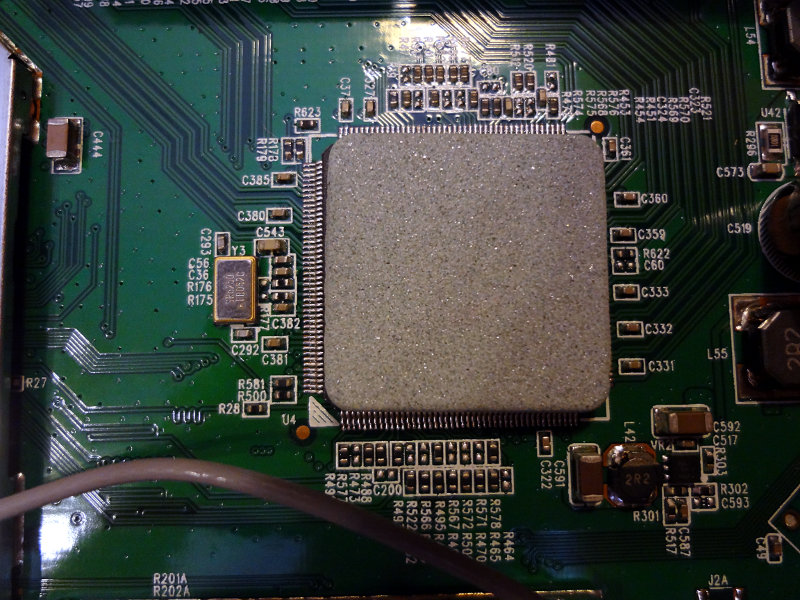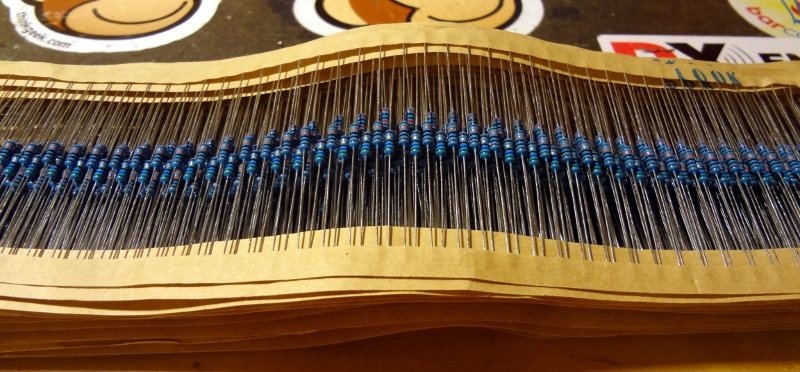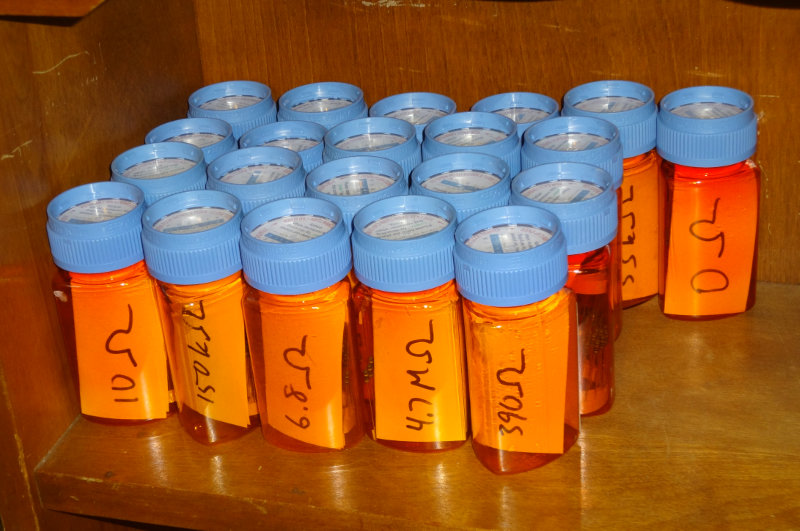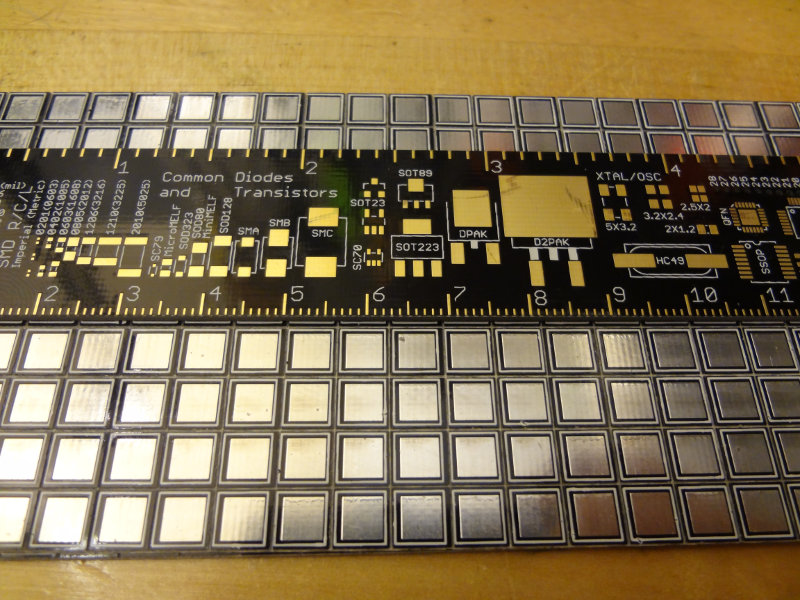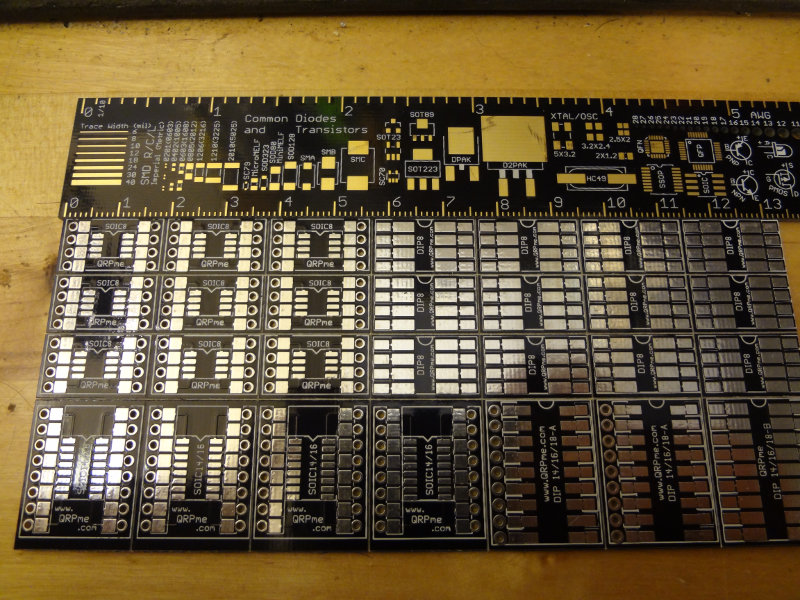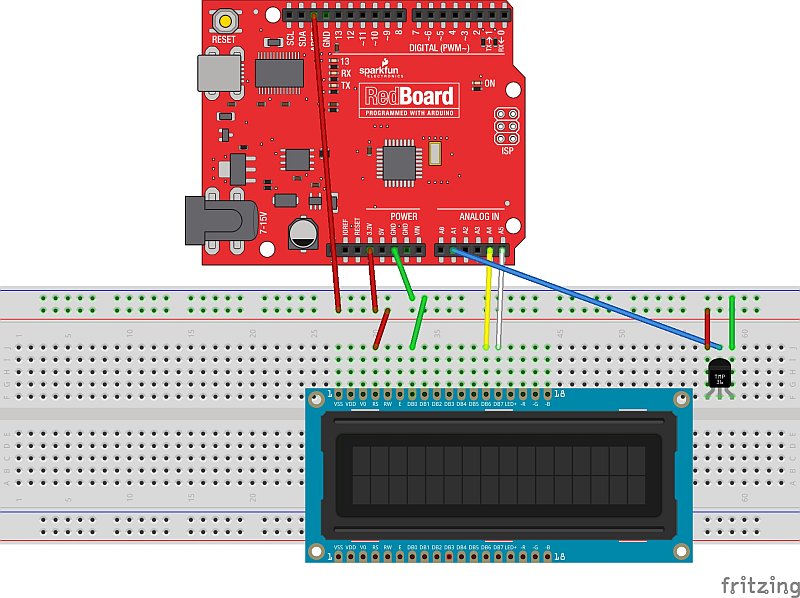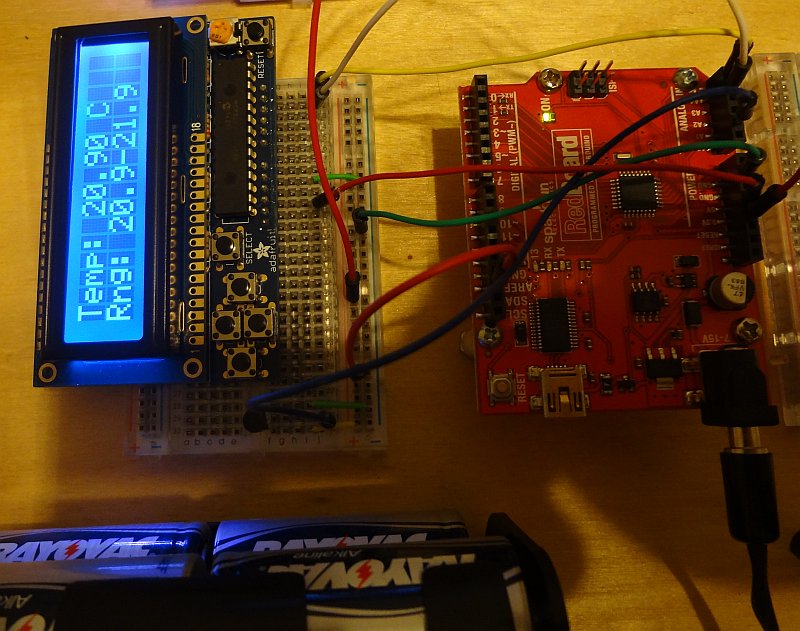On the dissection table today is the old D-Link DIR-655 wifi router that kept flaking out last year.
Getting the cover off wasn’t too difficult. Two screws hidden under the rubber feet are all that need to be removed. A little bit of gentle pushing and prying undid the clips that hold the top cover on revealing the guts of the beast.
The inside is relatively sparse. The large black boxes at the top are the RJ-45 connectors. Based on the icon printed on the HN4843CG and HN2443CG objects below them, I’d guess they’re isolation transformers for the RJ-45s. The bits under the metal shield are probably the wifi radio-related parts.
The large gray thing is some kind of stone-like substance acting as a heat sink for the large chip underneath. It’s held on by a piece of thermal tape. A little bit of prying popped it off pretty easily revealing an Atheros IC (AR 8316) which I think handles the ethernet stuff.
To the left of the shielded bit, the most interesting thing is an IC labeled MX25L6445EMI-10G which is a 64Mbit flash memory chip.
Underneath the RF shield are a few other large ICs: an Atheros AR9223 802.11b/g/n wifi module, an Ubicom IP7150U which appears to be the actual router controller and a Zentel A3R12E4JFF IC (SDRAM perhaps?).
I didn’t see anything obvious to explain why the router kept flaking out. The thermal tape holding the heatsink rock to the AR 8316 chip was mostly holding on by the edges and corners and the sticky part in the center area was shiny, suggesting it wasn’t making very good contact with the chip anymore. Overheating could certainly explain intermittent issues. Would be an easy fix with some new adhesive thermal compound and a low profile heatsink. The RF shield got mangled a bit in the removal process though, so this board is off to the workbench.

